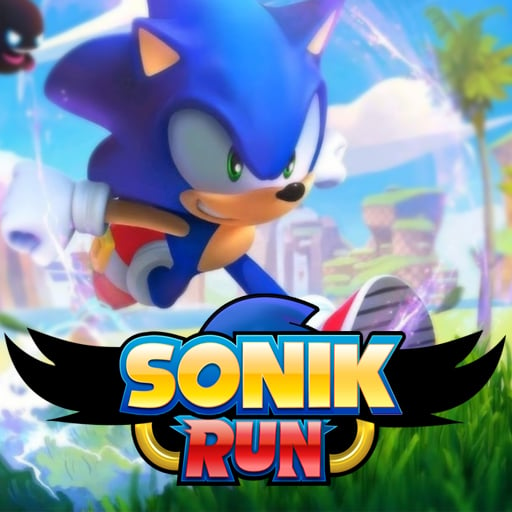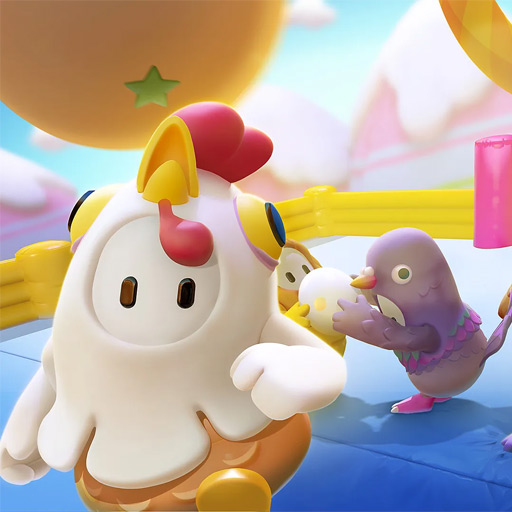Best MOBA Games for Team Strategy Lovers
MOBA games, or Multiplayer Online Battle Arenas, are built on teamwork, communication, and strategic decision-making. For players who enjoy collaborating with others and devising tactical approaches to overcome opponents, these games offer some of the most satisfying experiences available in modern gaming. Among the vast library of MOBAs, five stand out as essential for team strategy lovers: League of Legends, Dota 2, Smite, Pokémon UNITE, and Eternal Return. These titles each bring their own unique mechanics and communities while sharing the common foundation of cooperative gameplay and deep strategic layers. They are also widely accessible through free-to-play models, and in some cases, can even be enjoyed via free games unblocked, making them available across different environments.
League of Legends
.webp)
Since its release in 2009, League of Legends has become one of the most influential competitive games in the world. The five-on-five format creates a natural structure for teamwork, as every player adopts a clearly defined role—whether in the top lane, mid lane, jungle, bot lane, or support. The game rewards not only mechanical skill but also macro-level strategy, such as controlling map vision, managing objectives like Baron and Dragon, and coordinating rotations across the battlefield. What makes League especially appealing to team strategy enthusiasts is the synergy required to succeed. A strong team composition, combined with well-timed communication, often proves more decisive than individual brilliance. The game also features a robust ranked system, encouraging players to continuously refine strategies and adapt to evolving metas. Beyond competitive play, League's community hubs, forums, and content creators offer resources to help players study champion matchups, team compositions, and in-depth mechanics. The global esports scene, including tournaments like Worlds and MSI, further demonstrates high-level strategy, providing inspiration and benchmarks for casual and aspiring professional players alike.
Dota 2
.webp)
If League is known for accessibility and fast-paced matches, Dota 2 is famous for its depth and complexity. Released by Valve in 2013, it carries forward the legacy of the original DotA mod with over a hundred heroes, each with unique abilities and playstyles. Dota 2 is a game where every small action has far-reaching consequences: the timing of creep pulls, the choice of items, the coordination of ultimate abilities, and even the management of buybacks can alter the entire flow of the match. Unlike some MOBAs, Dota 2 heavily emphasizes the importance of teamwork. Rarely can one player win alone; the game demands precise coordination and strategic alignment among all five members. Moreover, Dota 2's large esports ecosystem, including The International with record-breaking prize pools, showcases some of the most intense and meticulous strategic play in gaming. Community guides, hero analytics, and replay analysis help players deepen their understanding of hero synergies and counter-strategies. The combination of unpredictability, strategic flexibility, and high skill ceiling ensures that no two matches feel the same, making it a perennial favorite for players who thrive on complex decision-making.
Smite
.webp)
Launched in 2014 by Hi-Rez Studios, Smite differentiates itself from traditional MOBAs with its third-person perspective. This design choice changes how players experience the battlefield, forcing them to rely on positioning, map awareness, and constant communication. The game's theme is equally distinctive: players control gods and mythological figures from a wide range of cultures, such as Greek, Norse, Egyptian, and Hindu. Each character brings unique powers, and the combinations that teams can create add further layers of tactical planning. Smite also offers different modes like Conquest, Arena, and Joust, each demanding slightly different team strategies, which keeps the gameplay varied and engaging. The pacing is faster than traditional top-down MOBAs, which encourages aggressive rotations and skillful engagement timing. In addition, Smite hosts competitive tournaments and seasonal ranked play, fostering a vibrant community where players exchange strategies, discuss builds, and showcase coordinated team plays. This combination of mythological creativity and strategic depth makes Smite a compelling choice for players who value both action and tactical cooperation.
Pokémon UNITE
.webp)
Pokémon UNITE, released in 2021, demonstrates how a globally beloved franchise can successfully adapt to the MOBA genre. Unlike the more complex systems of League or Dota, Pokémon UNITE is designed with accessibility in mind, making it an excellent introduction to team strategy gaming. Matches are shorter, usually lasting ten minutes, which requires players to make decisions quickly and work together efficiently. The scoring system is unique, focusing on collecting Aeos energy and depositing it in enemy goals rather than destroying towers. This encourages constant rotation, coordination, and adaptive gameplay. Each Pokémon has specific roles such as attacker, defender, or support, and mastering their abilities and evolution timing is key to effective team play. Cross-platform play ensures that friends can easily team up across Nintendo Switch and mobile devices, and regular updates introduce new Pokémon and balance adjustments, keeping the strategic meta dynamic. Even in a family-friendly setting, the game rewards precise planning, split-second decision-making, and strong collaboration, proving that depth and accessibility can coexist.
Eternal Return
.webp)
Eternal Return, developed by Nimble Neuron, is one of the more experimental MOBAs, combining traditional arena combat with elements of survival and battle royale gameplay. Released in early access in 2020, it offers a unique twist by incorporating resource gathering, crafting, and a shrinking map. Teams are smaller, often two or three players, which amplifies the importance of close-knit teamwork and mutual trust. Success in Eternal Return relies not just on combat but also on planning routes across the map, managing materials, and determining when to engage or avoid opponents. The game features a diverse cast of characters, each with distinct crafting skills and combat styles, allowing teams to devise multiple strategic approaches. Furthermore, its competitive ranking system and regular updates ensure that players must adapt constantly, enhancing the depth of tactical play. The blend of survival mechanics with MOBA-style combat results in an experience that is both familiar and innovative, rewarding adaptability, foresight, and cooperative synergy.
Each of these games—League of Legends, Dota 2, Smite, Pokémon UNITE, and Eternal Return—offers a unique take on teamwork and strategy. League emphasizes defined roles and coordination, Dota challenges players with unmatched complexity, Smite delivers a mythological twist with an action-oriented perspective, Pokémon UNITE provides accessibility and fast-paced matches, and Eternal Return combines survival with traditional MOBA depth. Together, they highlight why the genre continues to resonate with players who thrive on collaboration and tactics. For those looking to expand their horizons further, other games like Heroes of the Storm or Arena of Valor also reflect the same spirit of strategic, team-oriented play.
Game Categories


































Free games unblocked - playfreecasual.com
Welcome to playfreecasual.com , the best place to enjoy free games unblocked anytime, anywhere. We offer thousands of free online games for kids and adults, including puzzles, racing, action, and online games for girls and boys. Whether you want to relax with card games like free solitaire, explore 1000 free games to play, or enjoy Google games free, we've got you covered. All games are HTML5-based, so you can play free games online without downloading on desktop, Android, iPhone, or tablet. Discover popular choices, explore the best free online games, and even try fun free offline games when you're on the go. Bookmark playfreecasual.com and share with friends — your hub for endless fun and unblocked entertainment!What are the most popular games?
- Super Mario Bros Movie
- Excavator Factory For Kids
- Sprunki Incredibox
- Tiles Hop: EDM Rush!
- Princess Glitter Coloring
- Ice Cream Inc.
- Tung Tung Sahur Reassembled
- Cat From Hell Cat Simulator
- Italian Brainrot Puzzle
- Princess Fashion Salon 1
What are the top rated games?
- Mahjong Solitaire: World Tour
- Sandwich Runner 2
- Super Doctor Body Examination
- 3D Bowling Game
- MUSIC LINE 2 CHRISTMAS
- Kids Dentist Asmr Salon
- Magic Finger Puzzle 3d
- Klondike Solitaire Pro
- Baby Panda Animal Farm
- Hook Master Mafia City
If you like to play our games, please bookmark playfreecasual.com and share it to your friends. Thank you!
